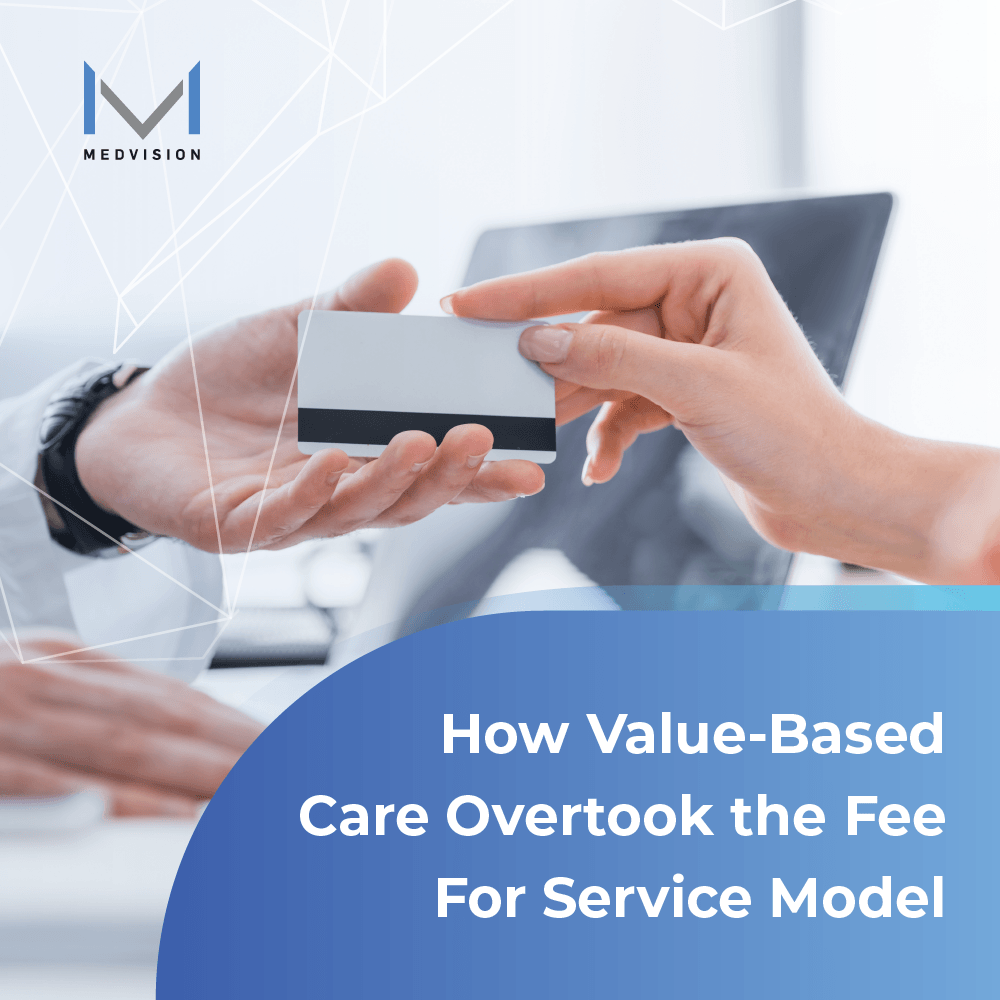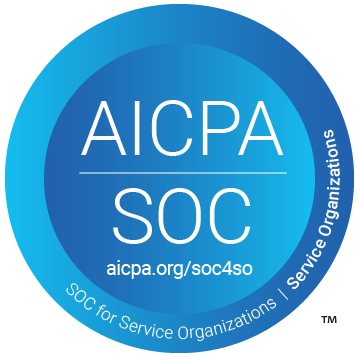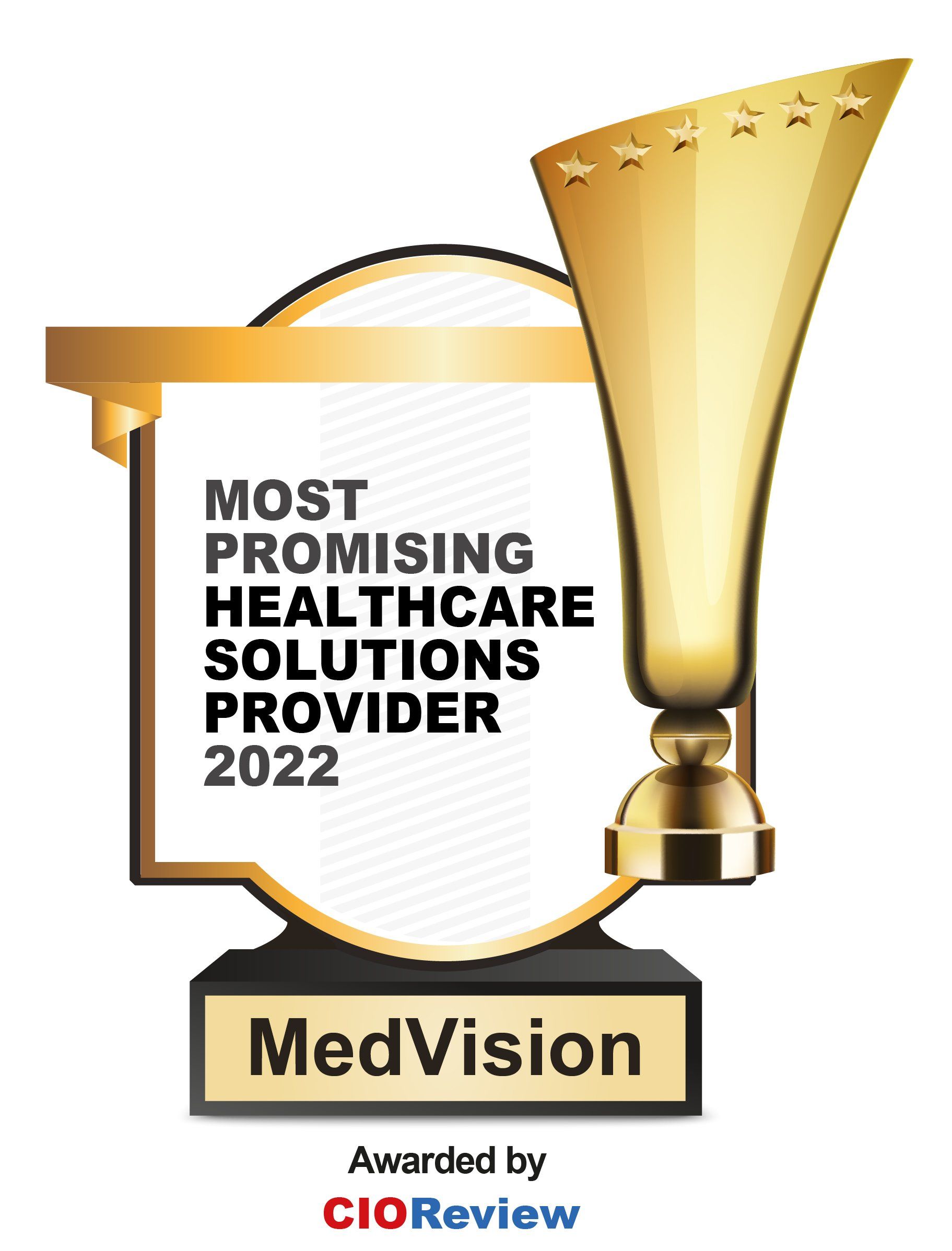Fee-for-Service vs Capitation: Comparing Sustainability
The ever-increasing cost of clinical treatment has reached an alarming level. The uptick has prompted Accountable Care Organizations (ACOs) to critically evaluate their current payment model. Capitation and fee-for-service (FFS) are the most prevalent payment model today. In the discussion of fee-for-service vs. capitation, which one helps ACOs achieve the ideal balance between revenue and quality healthcare delivery?

The FFS Model Through the Looking Glass
The FFS model serves as the standard for reimbursement since many use it to fit their various organizational structures. Under this model, providers receive compensation depending on the number of procedures or services they can render. This occurs whenever the patient interacts with the healthcare system, including doctor's visits, specialist consultations, and hospital stays.
A lot of businesses have implemented the FFS arrangement as it provides the most extensive network of physicians and hospitals. Patients can choose a variety of options when deciding on a healthcare provider or facility. Clinical professionals can also propose appropriate care for high-value services and bill health plans at predetermined rates.
Despite the public’s adoption of the FFS model, however, there are clear drawbacks that should be fixed. One considerable disadvantage is that it offers little to no incentive for providers to deliver efficient or preventive care. In fact, it encourages unnecessary procedures to increase revenue. As the cost of healthcare doubles over time, using the FFS system becomes financially unsustainable.
Fee-for-Service vs Capitation: Addressing Drawbacks
In contrast to the FFS model, payers can only cover limited healthcare costs with the capitation model. Providers receive a fixed monthly payment for each patient, no matter how often or rarely a patient uses their services. Physicians and healthcare facilities are then incentivized to deliver the best care within the allocated budget.
How can one determine the capitation fee? Health plans primarily consider the number of people involved and their anticipated medical needs. Groups with higher predicted medical requirements have higher utilization costs. In this manner, providers may administer the proper quantity of care, and patients will only undergo essential procedures.
Since providers will earn a monthly capitation fee, practitioners won’t have to wait for the reimbursement of their services. This can ultimately eliminate the need for a large billing staff. With the capitation system, not only can organizations minimize administrative expenses, but also address redundant processes. Because of this, the organization’s operations can run more efficiently.
Capitation in the Age of Value-Based Care
Capitation aligns with the cost-reduction objectives of value-based care systems. Under value-based care, ACOs can secure rewards when they deliver positive patient outcomes. Preventive medicine is one method of accomplishing this. Patients get treatment for chronic illnesses and they lessen the chances of repeated consultations or readmissions. In a similar vein, they also reduce healthcare expenditures.
The comparison between fee-for-service vs capitation illustrates the significant economic benefit that providers achieve when they practice preventive medicine. That is why the majority of value-based care systems use capitation as their method of financial settlement.

Optimizing Capitation with Innovative Technology
Given the surge in healthcare expenses, capitation is a more practical alternative in the fee-for-service vs capitation debate. In addition to a consistent remuneration for providers, capitation benefits include the exploration of cost-effective care practices. To develop a consistent level of productivity with capitation, businesses are turning to technological innovations.
For nearly three decades, MedVision has methodically developed robust administrative healthcare solutions. MedVision’s QuickCap v7 (QC7) is designed to facilitate seamless capitation processing. This includes the calculation of capitation payments, processing primary care physician (PCP) capitation checks, and more. With QC7, you gain a powerful tool that supports you in optimizing your business for a higher level of efficiency.
Take advantage of your organization’s capitation potential today!
References:
1. Alguire, Patrick C. “Capitation Payments | Understanding Capitation | ACP.” Capitation Payments | Understanding Capitation | ACP. www.acponline.org. Accessed July 29, 2022. https://www.acponline.org/about-acp/about-internal-medicine/career-paths/residency-career-counseling/resident-career-counseling-guidance-and-tips/understanding-capitation.
2. Torrey, Trisha. “Pros and Cons of a Healthcare Capitation Payment System.” Verywell Health. www.verywellhealth.com, February 23, 2020. https://www.verywellhealth.com/capitation-the-definition-of-capitation-2615119.
Explore Related Blogs
Recently published articles
Keep in touch
Subscribe to get the latest update
Trending topics
Share your insights on social media
Upcoming events and company news

















